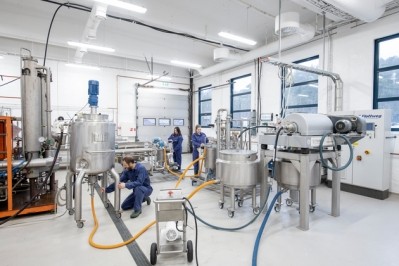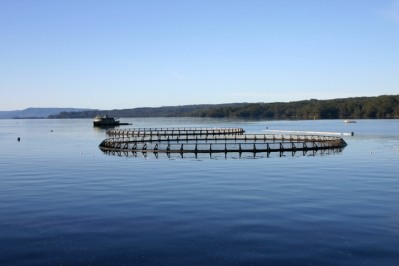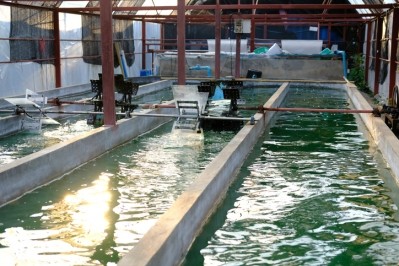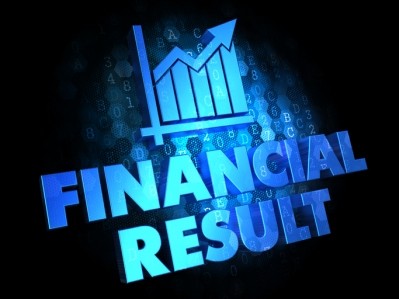Algae-based feed effort focuses on providing sustainable, alternative ingredient
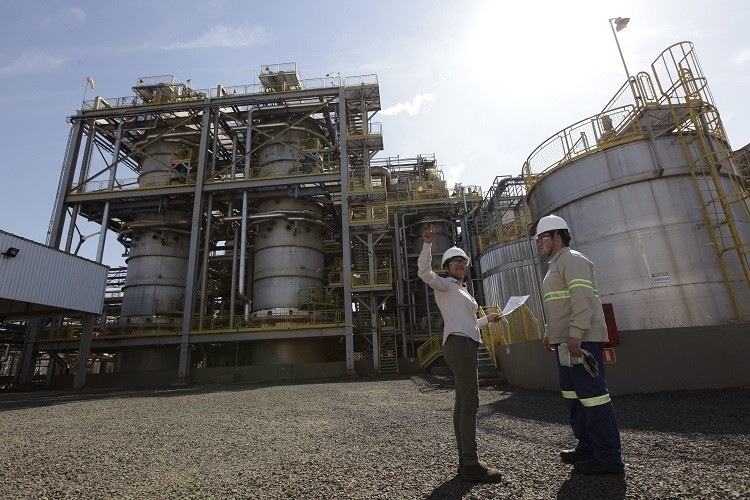
Following this year’s Global Outlook for Aquaculture Leadership (GOAL), we caught up with Jill Kauffman Johnson, head of global market development in algae ingredients, Corbion and Vidar Gundersen, global sustainability director, BioMar, to hear more about both companies’ efforts in aquaculture sustainability and about the use and development of AlgaPrime DHA – an algae-based omega-3 feed ingredient.
Corbion’s AlgaPrime DHA feed ingredient, which was developed by TerraVia and Bunge, won the Global Aquaculture Alliances’ Global Aquaculture Innovation award at the GOAL conference in 2017.
Both Kauffman Johnson and Gundersen participated in a panel at this year’s GOAL conference discussing consumer trends in regards to seafood consumption.
In a survey, Corbion found that consumers were most interested in how fish was raised and on the nutritional benefits.
Given the consumer interest, what can be done to restore the levels of omega-3 in salmon in a responsible way, asked Gundersen.
“The industry has grown quite a lot and fish oil, until now, has been the only source of omega-3s,” he said. “It’s a finite resource – you can’t get more fish oil and we’ve hit the ceiling already. So the more the industry grows, the less omega-3 will be in the salmon.”
Currently, the levels of omega-3 found in farmed fish may be below those found in wild fish, he said. “We feel it’s a responsibility of the industry to try and restore these levels,” he added.
The aquaculture industry has focused on having responsibly sourced feed and ingredients and examining the use of fish oil and fishmeal, said Kauffman Johnson. “If fish oil is a limited resource, how do we fill the gap of a growing aquaculture industry and restore the omega-3s that come from the fish oil?”
An additional consideration is providing an ingredient in a sustainable manner, she said. “When we started this business around making algae products, one of the very fundamental parts of that was [providing] the sustainable alternative or a sustainable ingredient.”
“The partnership with BioMar has been successful because we both have some of the same core value around sustainability, which helps when you’re trying to find partners to bring these kinds of new ingredients to market,” she added.
Making omega-3s for feed
The primary source of long-chain omega-3 for use in aquaculture feeds is fish oil, said Gundersen.
“It will be, and it will continue to be for quite some time,” he said. “Fish oil, it’s a great raw material as long as the fish has been sourced responsibly, and these resources should be used.”
However, as the aquaculture industry continues to grow, the need for an alternative source to supplement current fish oil levels increases, he said.
“We need alternatives, and now it is actually possible to have the novel raw materials that bring new omega-3s to the world and to get it at the commercial scale,” he added.
Previously, the production of omega-3 oils from algae was done for select markets and human use, said Kauffman Johnson. “But the game changer here is that we’re able to produce at scale,” she added.
“We’re producing to a scale that is relative to market,” she said. “We are partnering with BioMar – they include it in their feed, and we’re in numerous salmon farming operations today and in shrimp farming in Asia.”
Developing the omega-3 product for use in salmon feeds was a goal because they are a large market for fish oil, she said.
However, in addition to aiding the aquaculture industry as it expands, a related company goal is to help do so sustainably, said Kauffman Johnson. The production facility in Brazil, which was initially a joint venture, was designed with that emphasis in mind.
“We want to make sure that whatever alternative that’s being incorporated has a low environmental impact,” she said. “It’s hard to compare land and sea, so all we can do is talk about how we prepare our AlgaPrime”
The production facility is located in sugarcane fields and co-located with a sugar mill as the sugar is used to feed the algae and the facility is powered by sugarcane waste, she said. Wastewater generated during the process can then be used to irrigate the fields.
Additionally, both the sugarcane grown and the algae used are non-GM, she added.
“What we care about here is how productive, how much sugar comes from a hectare of land so we can make the most amount of algae per hectare in a way,” said Kauffman Johnson. “We can be efficient with land because of the productivity of sugar on every hectare of land.”
